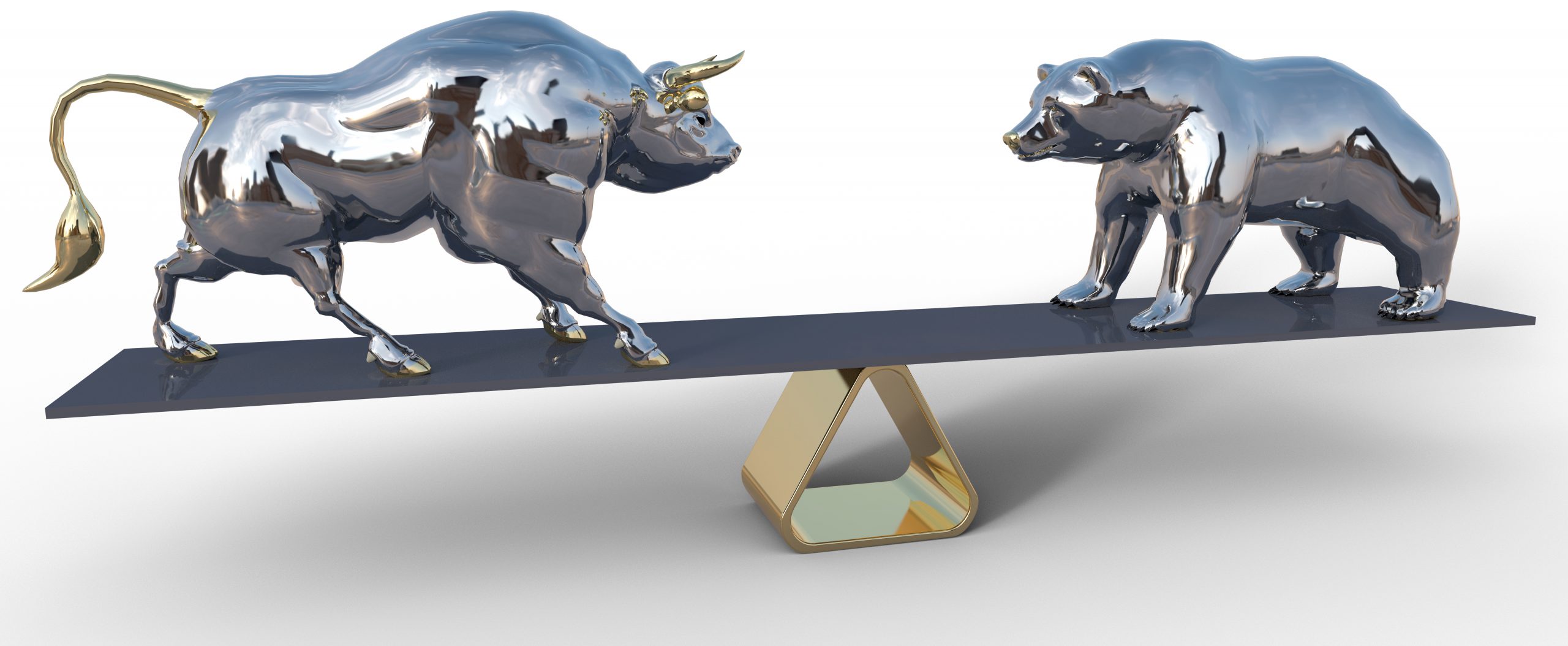
The world's largest ride-sharing company, Uber Technologies, Inc. (UBER), which is based in San Francisco, operates through four segments: Mobility; Delivery; Freight; and Advanced Technologies Group (ATG) and Other Technology Programs.
In the Fourth Quarter, Uber Health, UBER's healthcare arm, and CVS Health Corporation (CVS) announced a collaboration to provide free transportation to people in dire need of transportation to seek, for example, medical treatment, jobs, or educational opportunities.
However, the stock has declined 44.6% in price over the past year and 10.9% over the past month to close yesterday's trading session at $32.61. Also, even though the ride-hailing company revealed various strategies to boost ridership, its shares tanked nearly 4% on February 11 after it laid out a $5 billion operating profit for 2024 that fell short of analyst estimates of $5.7 billion.
Here is what could shape UBER's performance in the near term:
Mixed Financials
UBER's revenue increased 82.6% year-over-year to $5.78 billion for the three months ended Dec. 31, 2021. Its net income came in at $892 million, compared to a $968 million net loss in the prior-year quarter. Its gross bookings surged 51% from the year-ago value to $25.9 billion.
However, its operating loss came in at $550 million. In addition, its cash and cash equivalents decreased 23.9% for the year ended Dec. 2021 to $4.29 billion. The company's net income declined 45.7% from the prior-year quarter to $22 million, while its EPS decreased 50% year-over-year to $0.06 over this period.
Mixed Profitability
UBER's 35.7% trailing-12-months gross profit margin is 22.3% higher than the 29.2% industry average. However, its 0.48% trailing-12-months asset turnover ratio is 37.9% lower than the 0.78% industry average. Also, its trailing-12-months ROA, net income margin, and ROC are negative 1.3%, 2.84%, and 9.4%, respectively.
POWR Ratings Reflect Uncertainty
UBER has an overall C rating, which equates to a Neutral in our proprietary POWR Ratings system. The POWR ratings are calculated by considering 118 distinct factors, with each factor weighted to an optimal degree.
Our proprietary rating system also evaluates each stock based on eight distinct categories. UBER has a D grade Stability and Momentum. The stock's 1.32 beta is in sync with its Stability grade. In addition, the stock is currently trading below its 50-day and 200-day moving averages of $36.15 and $42.28, respectively, which is consistent with its Momentum grade.
Among the 77 stocks in the D-rated Technology – Services industry UBER is ranked #51.
Beyond what I have stated above, you can view UBER ratings for Quality, Growth, Value, and Sentiment here.
Bottom Line
The stock was halted from trading at the company's investor day presentation last month, during which the company presented near-term profit and bookings projections. The company fell short of analysts' estimates for operating profit, raising concerns over its anticipated flat growth in the coming quarters. In addition, analysts expect its EPS to decline 300% in the current quarter (ending March 2022) and 131% in the next quarter (ending June 2022). Therefore, we believe investors should wait for UBER’s prospects to stabilize before investing in the stock.
How Does Uber Technologies Inc. (UBER) Stack Up Against its Peers?
While UBER has an overall C rating, one might want to consider its industry peers, NetScout Systems Inc. (NTCT), PC Connection Inc. (CNXN), and Sanmina Corporation (SANM), which have an overall A (Strong Buy) rating.
Want More Great Investing Ideas?
UBER shares were trading at $32.38 per share on Thursday afternoon, down $0.23 (-0.71%). Year-to-date, UBER has declined -22.78%, versus a -7.58% rise in the benchmark S&P 500 index during the same period.
About the Author: Pragya Pandey

Pragya is an equity research analyst and financial journalist with a passion for investing. In college she majored in finance and is currently pursuing the CFA program and is a Level II candidate.
Is Uber Technologies a Buy Under $35? StockNews.com






